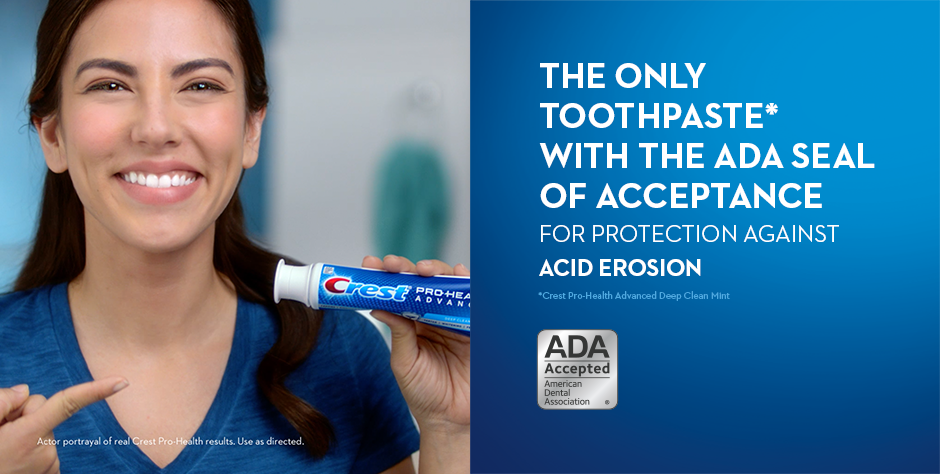Today I thought it might be useful to offer some thoughts on evaluating a potentially wasteful and expensive process: corporate identity.
If you’ve ever been in a corporate identity or logo meeting, you’ll hear terms like glyphs, monoseals or dramatic angles. Colors are given feelings, shapes become dynamic or elegant or sensual. It can all be very confusing. So let’s start at the beginning in an effort to clear things up.
Logos have been with us for thousands of years. A Babylonian clay tablet of about 3000 B.C. bears inscriptions for an ointment dealer and a shoemaker. The Roman legions had them. In the middle ages, every two-bit duke with a handful of knights had one plastered on their shields. There were crests or coats of arms everywhere. But none ever amounted to anything. What lived on were the names of the people involved or the places the big battles were fought. What does that tell you?
It’s not about the symbol. It’s about the name connected to the symbol.
You might say, “What about the famous Nike swoosh I see on all those athletic shoes, shorts and shirts?”
It’s the Nike name that gives meaning to the Swoosh symbol. But they’ve spent hundreds of millions of dollars to link the two. So they can put it on clothing and not be quite as pushy with their name. It’s really only a stand-in for the name.
Ironically, it’s the successes of a Nike that leads other companies to say, “I want one of those.” Unfortunately, I once saw a piece of research on names and logos versus just the logos with the names taken away. You would be amazed at just how few logos are recognized without the name. Only a handful. Yet millions have been spent on logos like the General Electric monogram, the CBS eye or the Mercedes three-pointed star. And these symbols took years to establish. Your brand-new symbol, probably has no chance of standing alone without your name.
Take the most successful logos, such as Mobil or Hertz or IBM. All of those feature the name, not the symbol. Mobil has a red O. Hertz and FedEx have unique typography. The symbol that comes with American Airlines is simply AA with a set of wings in the middle. You could say in designing a logo, the name is the game.
There are other considerations in designing a logo. One is the shape. It should be rectangular because that is how you can see it best with your two eyes. If it’s too vertical or too horizontal it’s not as readable. The biggest mistake people make is allowing their logos to be hard to read.
Some people, if you can believe it, use symbols that are bigger than the name. Others let designers pick a typeface to express what they feel are the attributes of the brand rather than its ability to be read quickly. Some chose typefaces that are illegible. Legibility is the most important aspect to look for in selecting a logo.
Take Absolut Vodka. Their unique bottle shape is really their logo. And they’ve dramatized it with their visual advertising based on the shape.
The Jaguar automobile also has a unique shape, which functions like a logo that people quickly recognize. Jaguar is now owned by Ford Motor, and I’m beginning to see that wonderful, traditional shape being modified. That could be an enormous mistake.
Color is also important in a corporation’s identity. For example: Warm colors, such as red, orange and yellow, tend to jump out at you and attract attention. They have high energy and are good for retail. Blues are cool and conservative. They recede to the eye and are considered upscale. Bright colors are often described as casual and playful.
You preempt a color so that it becomes part of your identity.
Hertz is yellow. Avis is red. Kodak is yellow. Fuji is green. Coke is red. Pepsi is blue. FedEx is red and purple. UPS is brown. Color can be a colorful way to identify your brand. Just make sure you don’t pick your competitor’s color.
You might ask, what about logos that aren’t full names, like initials? Here is where you have to be careful. They only make good logos if they are nicknames of an established company name. General Electric is a long name, so GE makes an excellent logo, because it’s what people will use as a nickname. The same goes for FedEx instead of Federal Express or IBM instead of International Business Machines. Can you imagine trying to drag around a name like Minnesota Mining and Manufacturing? It’s no wonder they became the 3M Company.
But remember, nicknames are given to you by the marketplace. It should be what people tend to call you. Don’t try to force it. If people tend to use your full name, that’s your name and that’s what should be your logo. Metropolitan Life Insurance can be MetLife. But New York Life will always be New York Life.
So there you have it. In picking a logo, it’s all about the name, and making sure it’s readable. The color and the typography are far more important than some meaningless symbol unless that symbol represents my nickname, and my nickname is only a nickname if it is used.
The Blake Project Can Help: The Brand Positioning Workshop
Branding Strategy Insider is a service of The Blake Project: A strategic brand consultancy specializing in Brand Research, Brand Strategy, Brand Licensing and Brand Education




